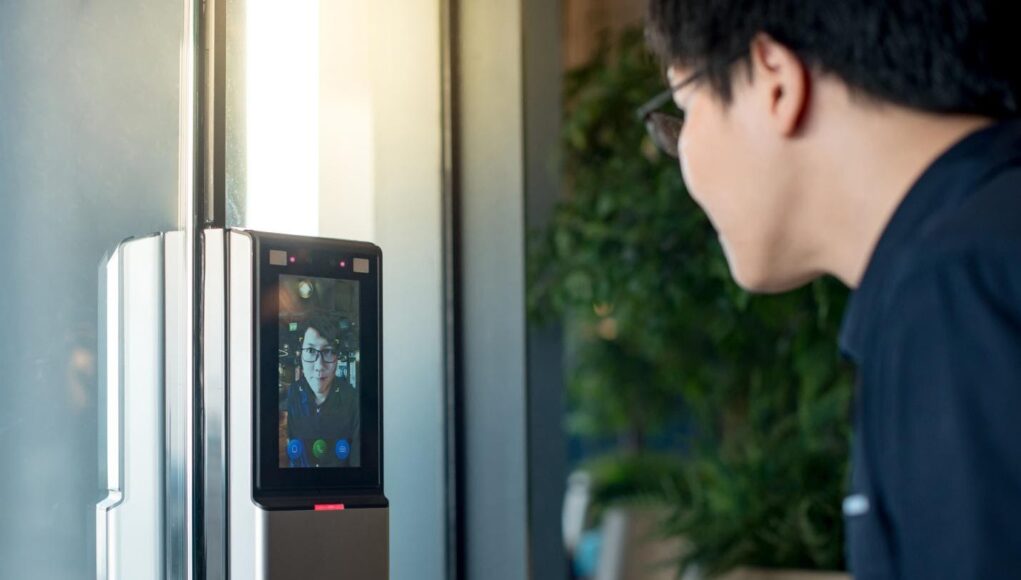Biometric time and attendance systems have become quite popular in recent times. Their popularity has only grown, prompting several businesses to switch from the traditional swipe card and fob clocking to biometric tracking of employee attendance. These systems are easy to use, install and track employee data for easy management analysis. One major benefit that makes biometric time and attendance ideal for businesses is its ability to prevent employees from clocking in for others. If you need to understand more about the biometric time and attendance systems, here is how they work.
Requirements for a Biometric System
For an effective biometric scanning system, the scanning system you are using should meet the following requirements:
- Biometric information database for validation purposes. Before setting the biometric time and attendance system in place and starting to use it, you need to have this database built and set to work. This will help store each employee’s biometric data, which you must first record, attach and then upload to the database.
- A translation software system to translate the biometric information punched into the system and then validate against the existing recorded information in the database. Biometric face attendance machine work on image processing algorithms that can do this job quickly and with the utmost accuracy.
- An input or punching device present on site. Now, you have a database of all employee information, a working software, and all that remains is the punching machine available on site. The device can be a fingerprint, retina, or face scanner. It will capture the needed biometric information, transfer it to the software for authentication and validation, and then the information will be stored in the database. Afterwards, you can easily access the information through your computer and find out which employee clocked in or out of work and at what time they did.
Discover How They Help Keep Track of Employee Log-Ins
People have used ID cards for the longest time when reporting to work. However, they are not always reliable. They easily get lost, which can jeopardize your business security. Consequently, someone else other than the owner of the ID can use it to clock in for another person without anyone realizing it.
Apart from several other ways, biometrics is proving useful and dependable. It has proven to be most effective in monitoring time and attendance. Through the attendance punching machine, employees punch in their fingerprints as they come in. This helps verify the person clocking in or out of work.
The biometric attendance system works by scanning an individual’s finger, determining the coordinates, and mapping the fingerprint’s intersections and endpoints. Afterward, the mapped information is referenced against the available information in the system about the employee. However, suppose an employee has not registered or entered the biometric time and attendance system. In that case, they cannot use the attendance punching machine to punch in or out of work daily.
Similar to a biometric face attendance machine, it is impossible to duplicate the fingerprint scan or change the algorithm into an image. This makes this system the most secure and reliable attendance monitoring technique. Moreover, while taking the image of your face, the biometric system determines if the pattern of the ridges and valleys in your image matches the original pre-scanned image.
Technology is fast finding its way into individuals’ professional and personal lives. This means efficient and effective digital systems will increase in the coming years. Businesses or companies that do not take the initiative to keep up with the new technological developments risk losing a competitive edge. This can potentially drive employees away as they try to escape the laborious manual work.















